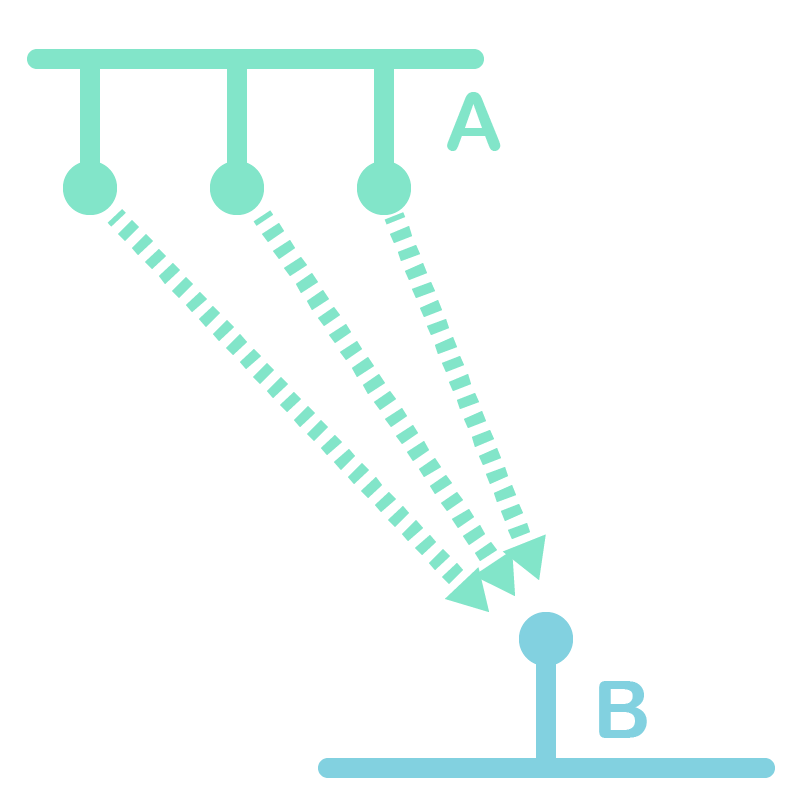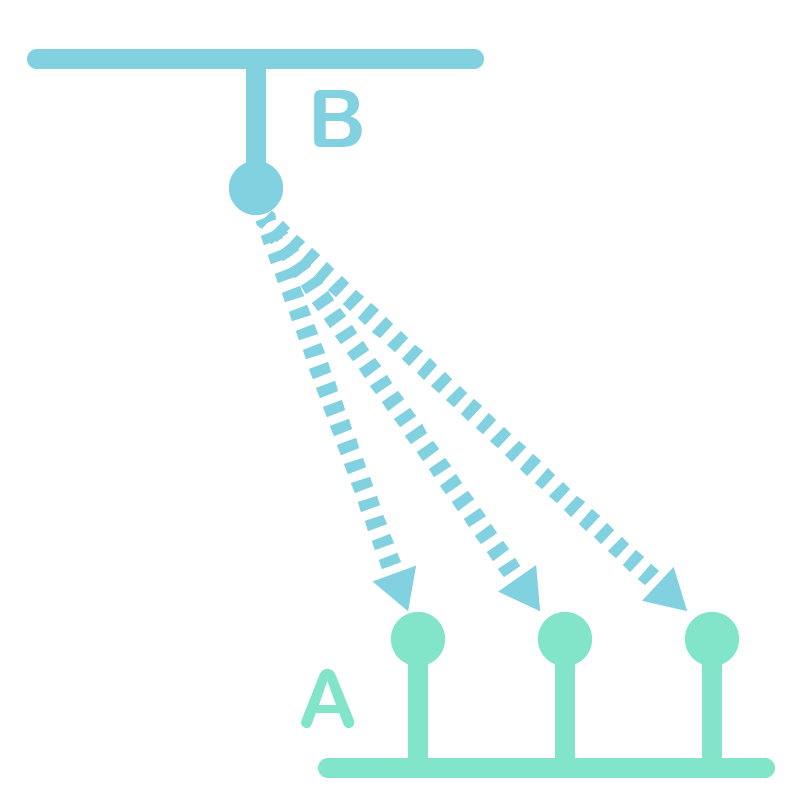Applications – Direction Finding for A Massive New Array of Devices
There are many, many applications which can benefit from direction finding like this. Beacons used in retail can offer more precise and specific advertising data – and make meaningful observations about where devices tend to linger over time. Nearly anything can be fitted with a tracker for when it’s been lost or misplaced, such as tools on a job site or storage containers in a warehouse.
These are not new applications, but Bluetooth LE is a uniquely suited way to accomplish them. The combination of lower power usage, less maintenance, and Bluetooth ubiquity makes direction finding more practical, affordable, and achievable than it has been in the past.
What’s Next? BLE Direction Finding To Get Even Smarter
Already, there is work being done to further perfect this application and provide a higher degree of precision. By combining the Angle of Arrival / Departure with the time of flight (difference between broadcast time and receive time), a further degree of precision that can yield accuracy down to a few centimeters.
What this means is that it will no longer be a game of Marco Polo – the goal is to generate not just a direction, but a distance, which adds up to an actual position. This is still far on the horizon, with lots of work to be done in order to make it a practical reality. But it’s both practical and possible, and will someday mean the difference between taking your earbuds on that jog, or leaving them lost under the couch.
Bluetooth 5.2 Ready Modules – Provided by Ezurio
Ezurio provides Bluetooth modules which are suited perfectly for your next-gen applications with ultimate design flexibility.
The upcoming BL653 is our latest Bluetooth 5.1 offering, which is Bluetooth 5.2 ready. Featuring the Nordic nRF52833 chipset, the BL653 is designed with the IoT in mind. Long range, highly secure, and ideal for inclusion in smart devices and industrial IoT applications. Visit the BL653 page and register for a chance to win a BL653 Development Kit.
For more on our line of Bluetooth 5.x modules, visit our Bluetooth 5 modules page.

 Laird Connectivity is now Ezurio
Laird Connectivity is now Ezurio
